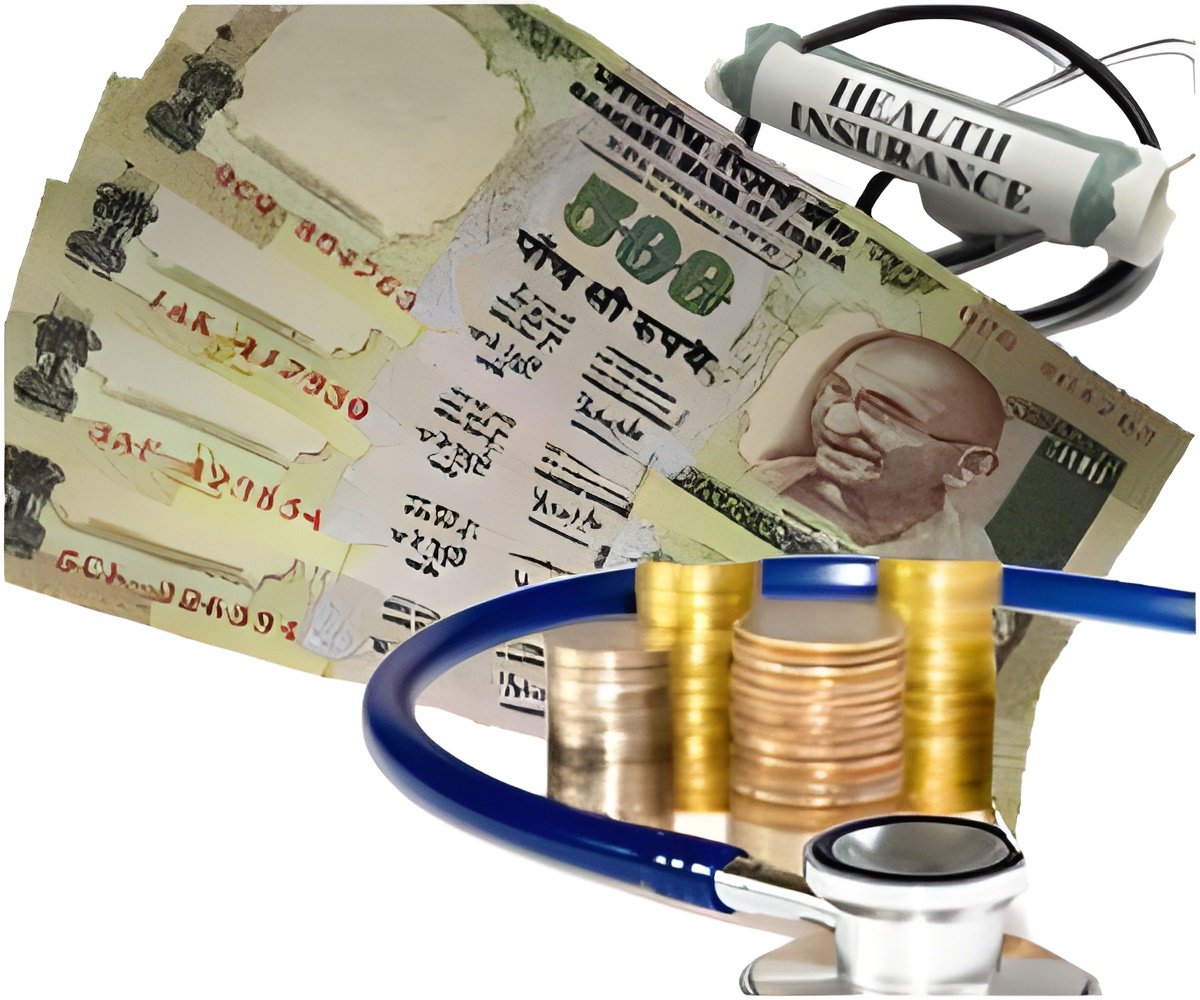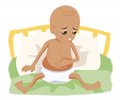
‘The report 2018 Global Health Expenditure showed that in low and middle-income countries health spending is increasing on average 6 percent annually compared with 4 percent in high-income countries.’
Tweet it Now
While governments provide an average of 51 percent of a country's health spending, more than 35 percent of health spending per country comes from out-of-pocket expenses. And as a consequence, 100 million people are pushed into extreme poverty each year, the report said. "Increased domestic spending is essential for achieving universal health coverage and the health-related sustainable development goals," said WHO Director-General Tedros Adhanom Ghebreyesus in a statement on Wednesday.
"But health spending is not a cost, it's an investment in poverty reduction, jobs, productivity, inclusive economic growth, and healthier, safer, fairer societies," Ghebreyesus added.
In middle-income countries, government health expenditure per capita has doubled since the year 2000. On average, governments spend $60 per person on health in lower-middle income countries and close to $270 per person in upper-middle income countries.
However, in low and middle-income countries, new data suggest that more than half of health spending is devoted to primary healthcare. Yet less than 40 percent of all spending on primary healthcare comes from governments.
Advertisement
The report also examined the role of external funding. As domestic spending increases, the proportion of funding provided by external aid dropped to less than 1 percent of global health expenditure. Almost half of these external funds are devoted to three diseases HIV/AIDS, Tuberculosis (TB) and malaria.
Advertisement











